Topic: Pillow Pouches
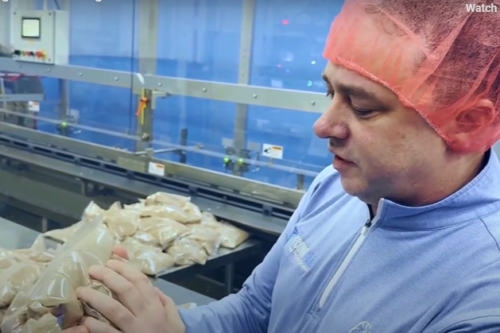
How Econo-Pak’s New Bag-in-Box Automation Boosts Co-Packing Efficiency
Econo-Pak recently invested in new bagging and cartoning machines—designed to streamline the packaging process for dry food products like rice, baking mixes, powders, and more in a bag-in-box format.
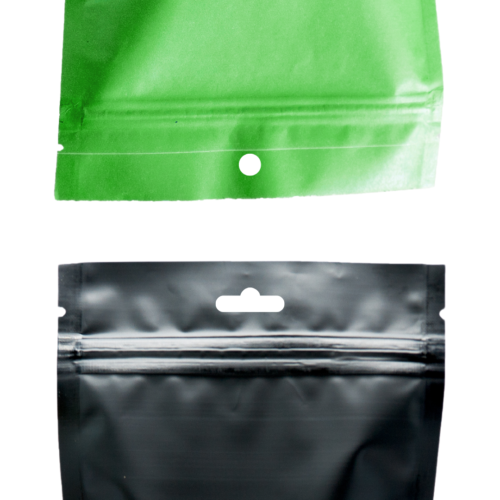
Sombrero vs. Hole Punches in Packaging
Compare sombrero vs. hole punches in packaging. Discover their uses, advantages, costs, and which suits your product’s needs best.

Sombrero vs. Hole Punches in Packaging
Compare sombrero vs. hole punches in packaging. Discover their uses, advantages, costs, and which suits your product’s needs best.
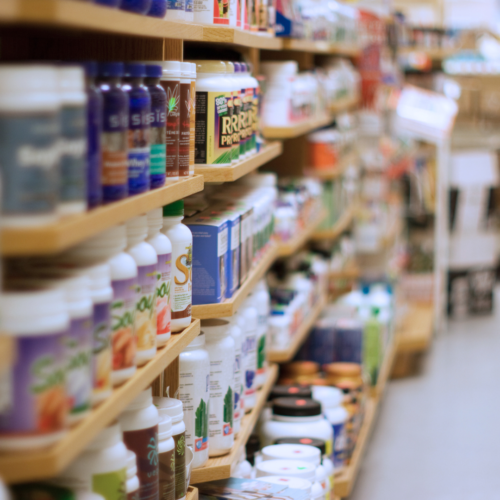
How Contract Filling Services Support Food Product Expansion
Expanding a food product line into new markets or scaling production to meet growing demand requires careful planning and precise execution. One crucial aspect often overlooked is the packaging process, specifically the filling stage, where your product is measured, filled into containers, and prepared for distribution.

How Contract Filling Services Support Food Product Expansion
Expanding a food product line into new markets or scaling production to meet growing demand requires careful planning and precise execution. One crucial aspect often overlooked is the packaging process, specifically the filling stage, where your product is measured, filled into containers, and prepared for distribution.

Retail Packaging vs. Non-Retail Packaging
When it comes to contract food packaging, it’s essential to choose the right type of packaging for your business needs. Packaging not only plays a pivotal role in protecting your food products but it also serves as a powerful marketing tool. Two main categories of food packaging include retail packaging and non-retail packaging. Here, we’ll […]

Retail Packaging vs. Non-Retail Packaging
When it comes to contract food packaging, it’s essential to choose the right type of packaging for your business needs. Packaging not only plays a pivotal role in protecting your food products but it also serves as a powerful marketing tool. Two main categories of food packaging include retail packaging and non-retail packaging. Here, we’ll […]
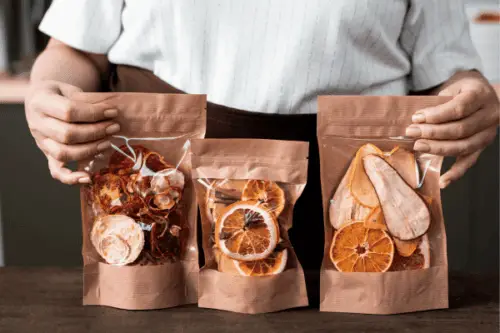
Top 10 Most Popular Dry Food Packaging Options
The reality of today’s fast-paced economy means consumers demand convenience in every facet of life, including the ability to easily store, transport, and consume various dry foods. Packaging plays an important role in the convenience, shelf life, and freshness of cereal, chips, nuts, pasta, and more. Packaging types also affect consumer purchasing decisions. In this […]

Top 10 Most Popular Dry Food Packaging Options
The reality of today’s fast-paced economy means consumers demand convenience in every facet of life, including the ability to easily store, transport, and consume various dry foods. Packaging plays an important role in the convenience, shelf life, and freshness of cereal, chips, nuts, pasta, and more. Packaging types also affect consumer purchasing decisions. In this […]
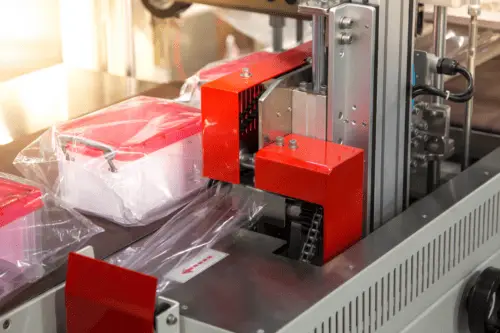
What Materials Are Used in Flow Wrapping?
During the flow wrapping process, a conveyor belt moves the product horizontally to the forming area. The product is then wrapped in film and sealed at both ends by applying pressure, heat, or a combination of both. Similar to vertical form fill seal (VFFS) methods, the finished result is a flexible pouch secured by airtight […]
